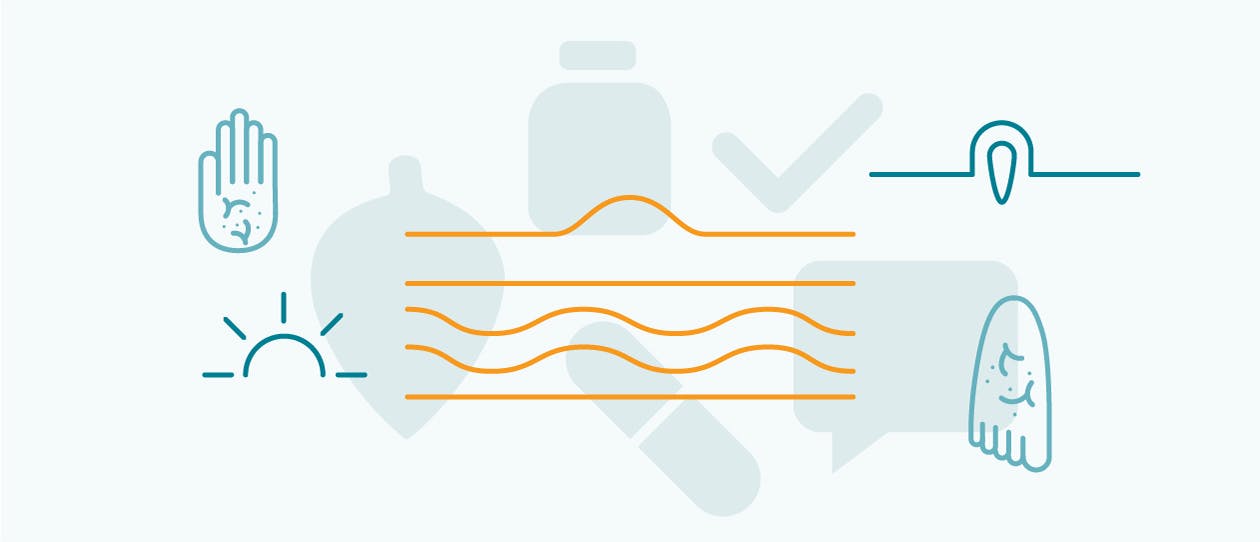
Burns
1
Although most household burns are mild and heal quickly, severe burns can have serious consequences, and require medical care.


Burns are graded according to their severity and the depth to which they penetrate the tissues:
Burns are caused by exposure to excessive heat, for example the sun (UV radiation), tanning beds, hot liquids, flames, electricity, some chemicals, radiation therapy.
Although adults are more likely to be burned by open flames, scalds from hot liquids are a particular hazard for children and older adults.
Injuries that involve a combination of an abrasion and heat cause friction burns. The injuries experienced by cyclists and motorcyclists that are commonly referred to as ‘road rash’ are an example of this.
If any of these occur consult your doctor.